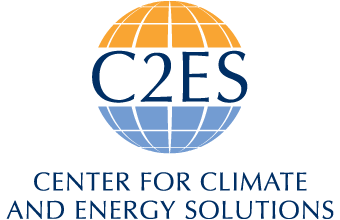

This memo has been updated to reflect final House-passed provisions as of June 4th, 2025; results based on the earlier Ways & Means (W&M) Committee draft are included in the appendix for reference.
Executive Summary
The House-passed 2025 budget reconciliation bill includes major rollbacks to the Inflation Reduction Act’s tech-neutral clean energy tax credits, particularly Sections 45Y and 48E. To assess the impact, we developed custom deployment models to represent individual provisions of current bill language. Each provision was modeled in the Energy Policy Simulator (EPS) by Energy Innovation to estimate net economic and emissions effects at the national level, as well as within a select number of states.
The most disruptive provision involves an early sunset of the tech-neutral tax credits. This rollback eliminates long-term certainty and stalls investment in major clean energy projects, resulting in over 1.6 million cumulative jobs lost, $283 billion in GDP losses, and an 8% increase in annual greenhouse gas (GHG) emissions through 2035. Close behind is the impact of component-level restrictions tied to Foreign Entities of Concern (FEOCs). These “material assistance” rules would disqualify a large share of clean energy projects, leading to nearly 1.56 million jobs lost, $259 billion in GDP decline, and a 6% emissions increase nationally through 2035.
Other provisions generate lesser, but nonetheless significant losses. Removing credit transferability leads to approximately 237,000 cumulative jobs lost and $49 billion in GDP decline, disproportionately affecting smaller developers. The only provision with no measurable impact is an FEOC entity-level restriction, which targets project ownership rather than component sourcing. As a fifth alternative provision, a hypothetical storage mandate for wind and solar was modeled, which projects 88,000 cumulative jobs lost and $37 billion in GDP losses, with minimal emissions impacts.
State-level findings follow similar trends, with the largest losses concentrated in clean energy investment hubs like Texas, North Carolina, Louisiana, and Indiana. State-level economic losses reach as high as over 175,000 jobs and $23 billion in GDP, in some cases. These results suggest that, to varying degrees, each major provision of the House-passed reconciliation bill threatens to cause large economic losses across a wide variety of technologies, industries, and geographies.